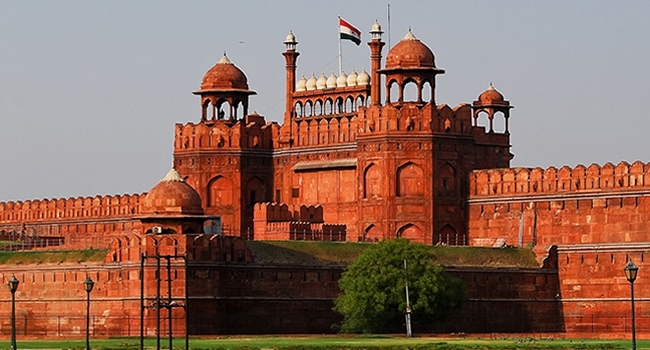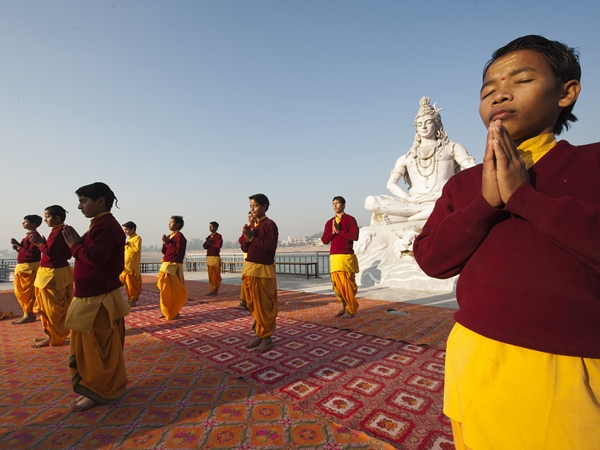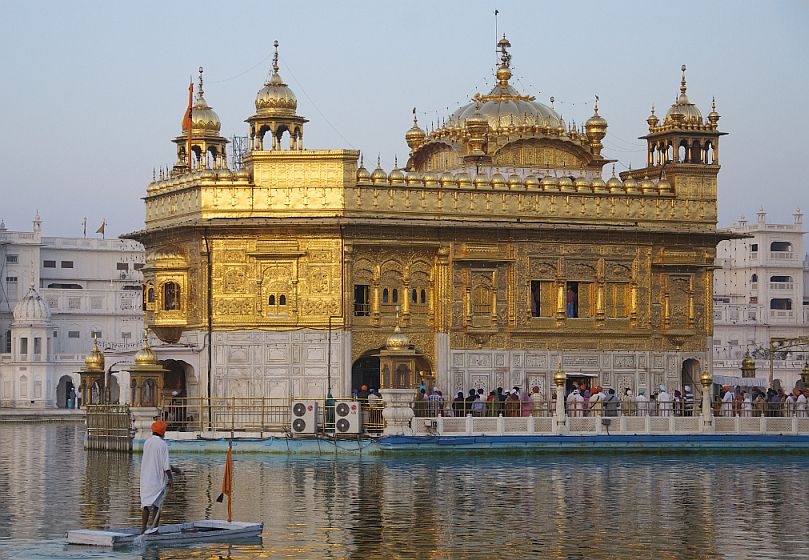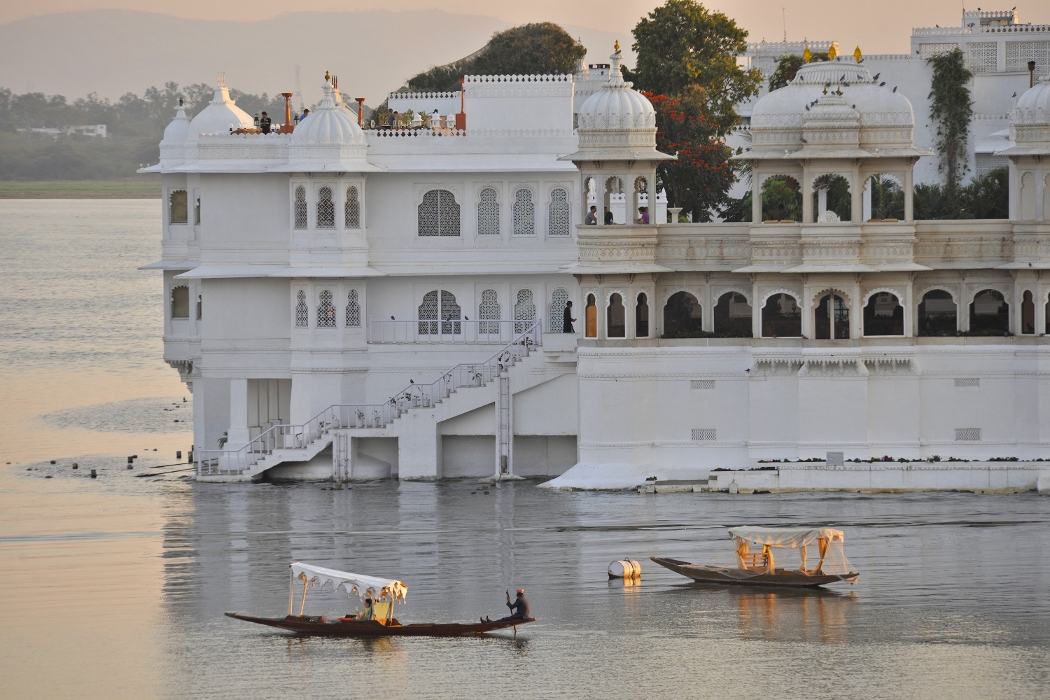
India has rich and diverse culture which is exquisitely expressed through its literature and poetry, music, classical and folk dances, tribal art, pottery, textile art, sculpture, architecture, cave paintings, theatre, cinema. It is a huge and inspiring melting pot of everything, all at the same time. Sometimes it can be a little overwhelming for a foreigner, but it is worth the patience that it demands from those who visit this colourful and exciting country.
Family is the most important value for Indians and encompasses what would be the extended family in the West. Sons live together with their parents throughout their lives, while daughters join their husband’s family after marriage. In India there is a great deal of inter dependency – grandparents look after their grandchildren, brothers and sisters support each other and sons are generally expected to take care of their parents in their old age. Indians give the highest priority to their family's honour.
Different from the Western culture, most Indian marriages are planned by the parents and other elders in the family. A wedding in itself is a very festive occasion filled with exotic decorations, rituals, songs and dances. A staggering 10 million weddings take place in the country. Wedding festivities last for almost a week. Sometimes more than 500 guests are invited.
The culture in every region of India is deeply affected by the rich and varied wildlife present here. Hindus worship a number of animals. In Hinduism, the cow is regarded as a symbol of “ahimsa” (non-violence), mother goddess and bringer of good fortune, whereas beef is banned.
Clothing in India varies greatly according to the region, culture and tradition. Traditionally, women wear “sarees” (a long piece of cloth draped in a specific manner) while men wear “dhotis” and/or “lungis” (cloth tied around the waist, covering the legs). Women can also be seen in “salwaar kameez” (a long stitched blouse with a loose fitting bottom) and men in “kurta-pyjamas”. In urban areas, dressing style is similar to that in the west though a lot less skin is exposed. More and more women wear Indian clothing with a Western twist. For example, short versions of the traditional “kurtas” are generally worn with jeans. Ornaments such as “bindi”, “mehendi” (henna tattoo), bangles are very commonly worn by women. Jewellery plays a very big part in India and one can see women and men wearing rings and bracelets on daily routine.
India has a very rich culture of dance with the Sangeet Natak Akademi (the national academy for performing arts) recognizing 8 distinctive dances as Indian classical dance – Bharatnatyam, Kathak, Kathakali, Mohiniattam, Kuchipudi, Yakshagana, Manipuri, Odisi and Sattriya. There is also numerous folk dances which vary according to geographic region. The roots of these folk dances are in religious and seasonal festivities and are performed in groups. Any Indian dance form is an absolute treat to watch for any foreigner.
India has a long tradition of theatre with “koodiyattam”, the form of Sanskrit theatre being recognized by UNESCO as a Masterpiece of the Oral and Intangible Heritage of Humanity. And even though theatre in its contemporary form seems to be struggling in the country, “nukkad naataks” (street plays) continue to be used as a powerful tool of both entertainment as well as an agent of social change.
India produces the maximum number of movies per year in the world which just shows how important cinema – along with all the song and dance – is to the Indian society. Indian movie industry is best known for Bollywood, Kannada Cinema, Tamil Cinema, Bengali Cinema, Odia Cinema and Punjabi films.
Music is an integral part of India's culture and includes multiple varieties of religious, classical, folk, popular and pop music with Bollywood accounting for more than 70% of all music sales in the country.
For all the art and architecture aficionados out there, India is an absolute dream. The country has been ruled for centuries by rulers from various parts of the world, and hence you can find old heritage monuments having varied architectural influences. The Taj Mahal in Agra is a stunning example of classic Mughal architecture, Victoria Memorial in Kolkata is a fine specimen of Colonial architecture of the British Raj, Don Bosco Church in Goa has Portuguese influence and many more. There are 25 cultural monuments in India included in Unesco World Heritage list.
Indian culture is vivid and bright and full of energy. While it may seem like a cultural shock at first, more often than not it will pull you into its warm embrace and shall leave an indelible mark on your soul which you will cherish forever.
Most Popular Destinations |
































